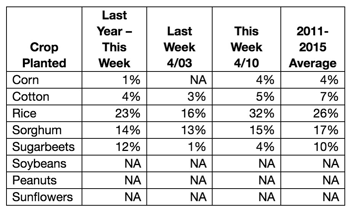
3 B2C Market Research Challenges and How to Overcome Them
Just as their business-to-business (B2B) and business-to-government (B2G) sector counterparts, firms in the business-to-consumer (B2C) space need to conduct market research in order to understand their customers, competitors and marketplace.
However, the means and methods they use to generate data must take into consideration obstacles that are fundamental to B2C market research. Otherwise, businesses invariably end up with a great deal of raw information (which they don’t need), but precious little actionable intelligence (which they do need).
Here’s a rundown of three common key B2C market research challenges, and how to overcome them.
Low Response Rates
Low response rates lead to a tiny sample size — which means that any insights and predictions gleaned from the effort are likely to be unreliable and invalid. In other words: the market research won’t be market research. It will be speculation and guesswork.
Unfortunately, this popularity of online survey tools has worsened rather than solved this B2C market research challenge, because the “bells and whistles” of such software can convince businesses that they are, indeed, conducting comprehensive and robust market research even though their sample size is blatantly too small. It’s similar to how some shady used car dealers spruce up a lemon with a fresh paint job and a new set of tires. Yes, the vehicle looks great. But no, it’s not going to reliably or safely go from A to B (heck, it may not even make it off the lot!).
There are a few ways to overcome this challenge, including: being clear on why they survey is being released and who should take it; telling participants how their information will be used (very important these days!); keeping survey questions short and sweet; using the right incentives; and delivering surveys at the right time using diverse strategies.
Failing to Correct for Population Specification
Some businesses solve the B2C market research challenge described above, only to land directly into another trap: they fail to correct for population specification. As a result, respondents are lumped into the same category (e.g. “customers”).
While it’s simpler and easier to view all respondents as being part of the same group (which is why this problem is so common in the B2C market research field), the fact is that businesses need to segment respondents into relevant demographic and psychographic categories. Otherwise, they cannot understand who they need to reach (i.e. buyer personas).
The solution to this common challenge is — no surprise here — to avoid it in the first place, by ensuring that relevant segmentation is part of participant recruitment and survey delivery.
“Setting it and Forgetting it”
Many businesses think that once they hit the send button on their surveys, that they can sit back, take a breather, and let the data pour in. However, their work isn’t over! That’s because even robust, well-designed surveys need to be calibrated and adjusted based on empirical data (e.g. a significant number of participants skipping a certain question, etc.).
Incoming data should be closely reviewed after the first two days, after the first week, and then again at period intervals based on what is actually happening “on the ground.”
Learn More
To learn more about overcoming or avoiding these common — and costly — B2C market research challenges, download our free eBook “The Insider’s Guide to Successfully Using Market Research Online Surveys” today:



